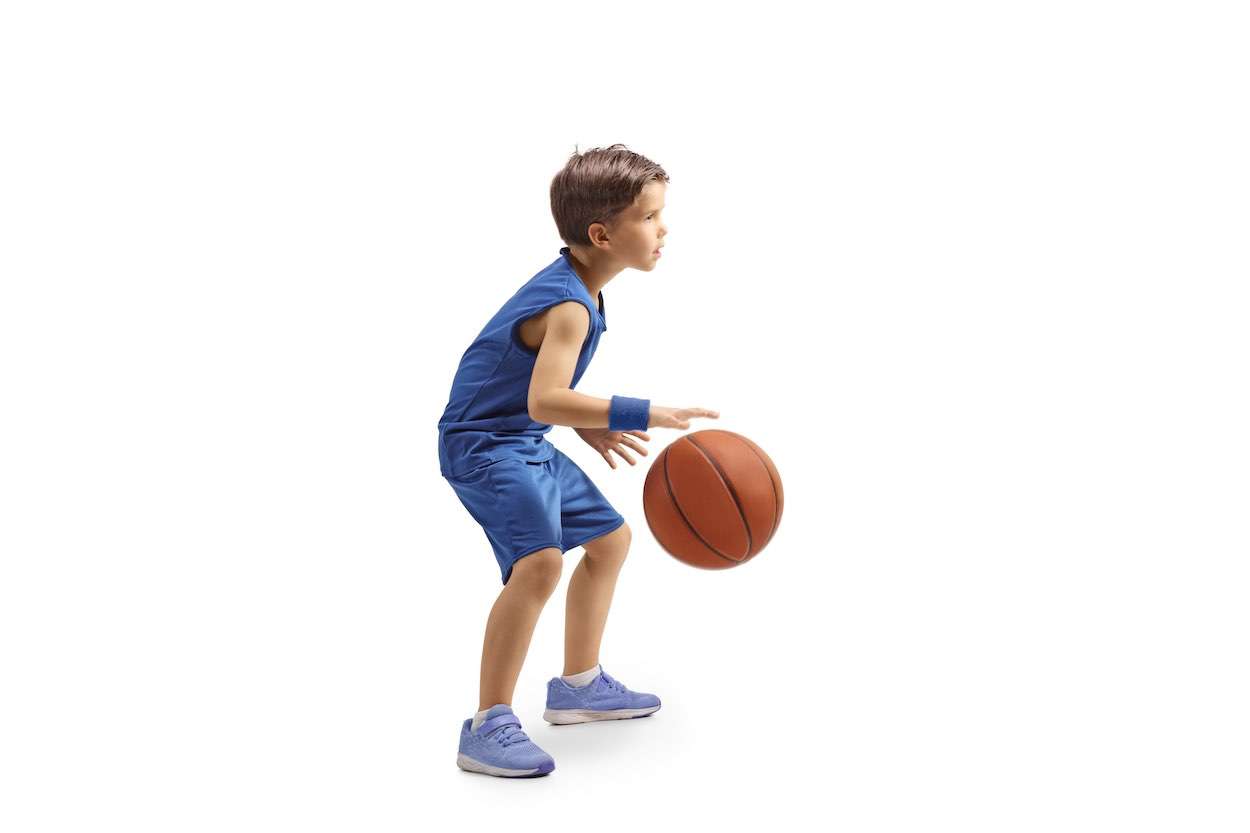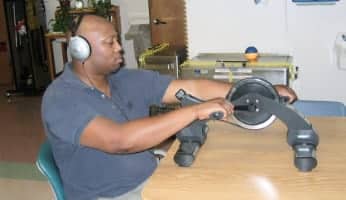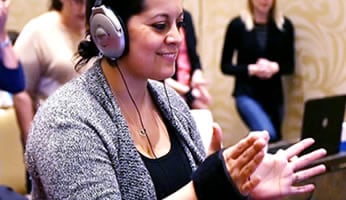AJ’s Impressive Achievements: Handwriting, Sports, and Coordination Improvement with IM

Home - Testimonials - Pediatric Testimonials - AJ’s Impressive Achievements: Handwriting, Sports, and Coordination Improvement with IM

AJ’s Impressive Achievements: Handwriting, Sports, and Coordination Improvement with IM
The Interactive Metronome (IM) is a neuromotor therapy program that utilizes a highly adaptive technology to help individuals improve their underlying motor planning and sequencing ability.
A study in the American Journal of Occupational Therapy (March/April 2001) reported that children who received IM treatment showed statistically significant changes in attention, motor control, language processing, reading, and ability to regulate aggression. We also observed improvements in motor planning, sequencing, timing, and processing speed for children with dyspraxia, developmental coordination disorder, learning disabilities, sensory processing disorders, and other related issues.
We currently have five certified IM providers on staff; two occupational therapists and three speech-language pathologists. This facilitates collaboration between both disciplines when tailoring IM sessions to meet a child’s specific needs.
Our training in Sensory Integration allows us to address critical underlying components of motor planning, such as arousal and rhythmicity. We employ a variety of individualized sensory strategies to obtain our clients’ optimal performance.
Case Study
A.J. is a ten-year-old boy with Non-Verbal Learning Disability (NVLD).
A.J. is a bright and cooperative child with excellent parental support. A.J. was experiencing difficulties with fine motor skills, fluent writing and copying, attention, and organizational skills in the classroom.
A.J.’s parents reported difficulties with motor coordination, resulting in limited participation in sports and extracurricular activities.
The Evaluation
An Occupational Therapy evaluation was conducted using standardized assessments, clinical observations, parent/client interview, and review of writing samples from academic tasks. The Evaluation Tool of Children’s Handwriting – Cursive (ETCH-C) was administered. Results revealed slow copying speed at 24 letters per minute from near-point and 19 letters per minute from far-point.
Results of the Beery-Buktenica Developmental Test of Visual Motor Integration (VMI) were commensurate with reports of copying difficulties. VMI scores were delayed by 22 months. A.J. attained a raw score of 16 and a scaled score of 8, ranking his skills in the 23rd percentile.
A.J.’s fine motor skills were limited. He demonstrated difficulty with tasks requiring bilateral integration and sequencing (skipping, projected action sequences, jumping jacks, crossing midline). Bilateral integration and sequencing deficits are felt to be indicative of poor vestibular and proprioceptive processing. A.J. struggled to perform smooth, coordinated reciprocal movements.
He relied heavily on vision to monitor his performance on motor tasks, especially writing. A.J. reported that he was unable keep up with peers in P.E. class when performing jumping jacks. He said, “Basketball is not a fun sport because no one will pass the ball to me.”
Occupational Therapy Results
A.J. received 24 sessions of Occupational Therapy. Various bottom-up treatment approaches were utilized to address motor planning, with emphasis on the vestibular, tactile, and proprioceptive systems. Multi-sensory techniques were utilized to address writing skills and visual motor integration.
A.J. also participated in a cognitive program to enhance self-regulation, attention, and organization of behavior using sensory strategies. A.J. responded well to intervention and made gains in all goal areas.
Fine motor skills were reassessed at 6 months and showed progress. His confidence was also improving. Writing speed improved, but remained slow for his age.
In the classroom, A.J.’s attention, organization, and sequencing were not optimal.
It was determined that A.J. had not reached his full potential.
Interactive Metronome Training Introduced
After discussing the benefits of IM with A.J.’s parents, stressing that IM addresses the core components of motor planning, including sequencing and rhythmicity, we agreed that IM was the next logical step in A.J.’s treatment plan.
IM therapy was conducted over 15 sessions, 2-3 times per week.
During an IM session, headphones and hand/foot triggers are used while the individual attempts to synchronize movements to a computer generated beat. Auditory guide tones progressively help the individual improve his/her accuracy. The computer produces a millisecond (ms.) score which allows the clinician to track the client’s progress.
A.J. demonstrated significant difficulty with alternating exercises, as expected, due to the bilateral coordination difficulties demonstrated previously.
Initially, lower extremity exercises were not fluid or coordinated and he was unable to use rocking movements. Due to poor body awareness, he frequently missed the foot trigger.
He was unable to use his vision for backward in space exercises involving heels. When left to rely on tactile and proprioceptive input alone, he had difficulty returning to the starting point and tapping the trigger consecutively.
A.J. was distracted by verbal praise and showed other indications of mild auditory hypersensitivity.
During IM therapy, individualized sensory strategies were employed to facilitate A.J.’s optimal performance. A mirror was used for visual feedback and a wall chart was used to help him discriminate and understand guide sounds.
Results After IM Training
As time progressed, he relied less on these supports. His movements became more symmetrical and coordinated. According to his ms. score, A.J. had improved by 70%.
Upon follow-up testing, A.J. attained a VMI raw score of 20, scaled score of 10, and moved to the 45th percentile.
ETCH-C results indicated dramatic improvements in speed.
Near-point copying speed improved to 46 letters per minute, with far-point speed at 40 letters per minute.
Clinical observations revealed significant improvements in bilateral coordination, specifically jumping jacks, stride jumps, cross patterns, and projected action sequences.
Functionally, A.J.’s teacher reported “great improvement in handwriting.”
For the first time, he is able to ride a pogo stick and can do a front flip on his trampoline.
He is joining more sports at school and participated in a community basketball league.
He is also demonstrating improved coordination. A.J. can dribble a ball and has increased attentiveness during games.
A.J. says, “IM was difficult for me, but now I can write a lot faster and play better defense!”
Stacy T. Trouard, LOTR is an occupational therapist at Abilities for Speech and Language in Baton Rouge, Louisiana. “At Abilities for Speech and Language (ASL) in Baton Rouge, Louisiana, we utilize Interactive Metronome (IM) treatment as a complementary approach to traditional Occupational and Speech-Language Therapy services for Children.”




